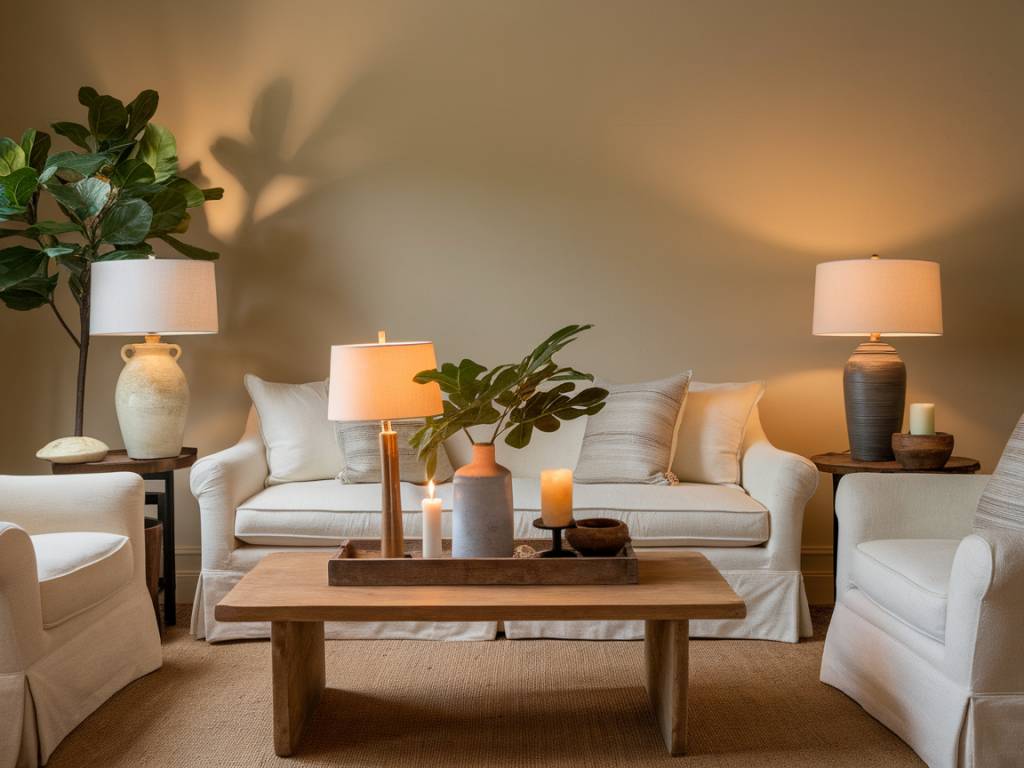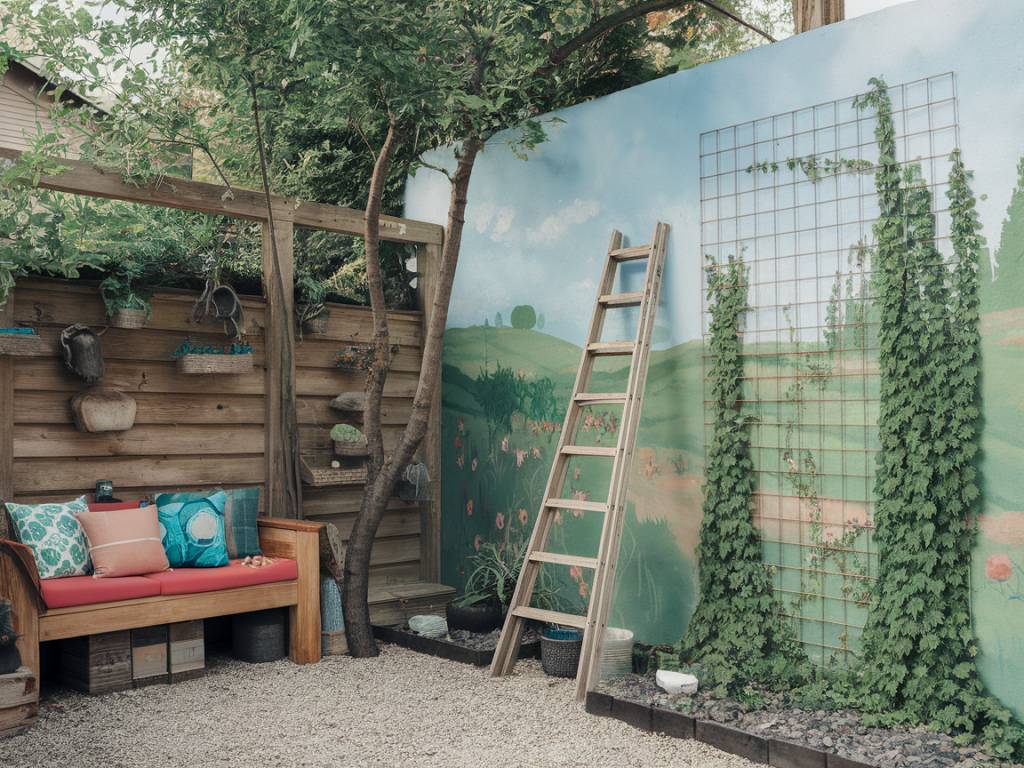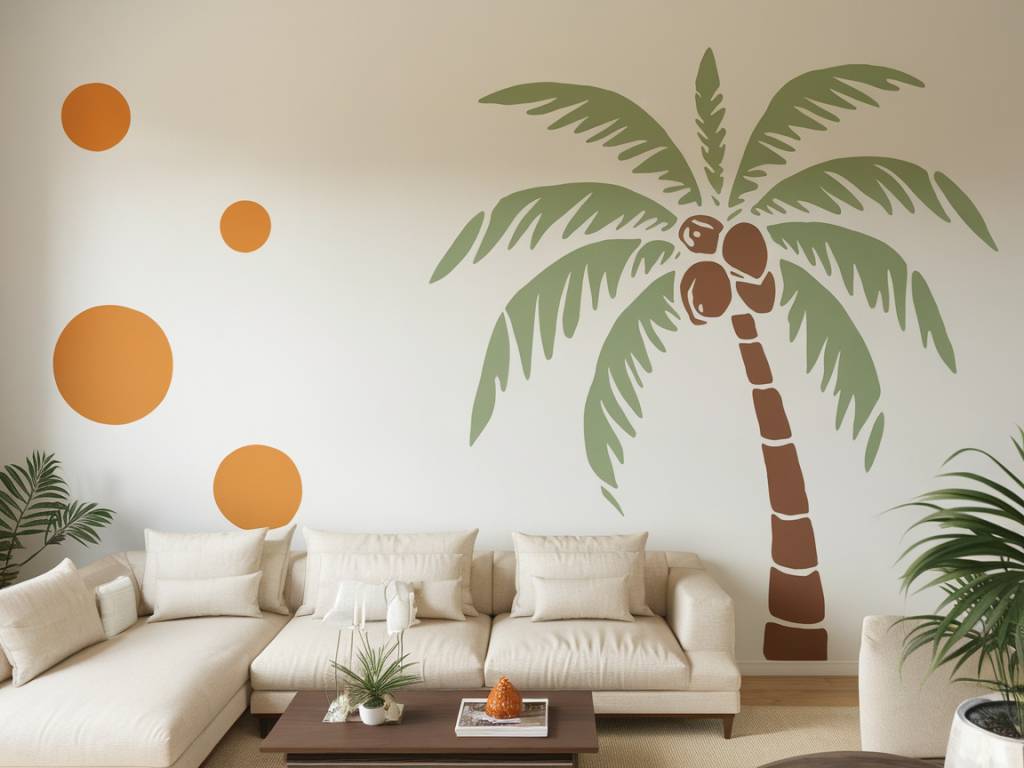Why Lighting Is the Secret Ingredient to Transform Your Home Décor
We talk a lot about furniture, wall art, and color schemes, but let’s be honest: lighting rarely gets the spotlight it deserves. Yet, the right lighting can instantly elevate the ambiance of any room. Think about it—would your favorite coffee shop feel so cozy without those warm pendant lights? Probably not. Whether you’re looking to create a snug reading nook, a functional workspace, or a glamorous living room, lighting plays a pivotal role in setting the tone.
But choosing the perfect lighting isn’t as simple as opting for the prettiest chandelier or the fanciest lampshade. From brightness levels to fixture styles, there are plenty of factors to consider. Don’t worry, though—we’ve got you covered. Let’s dive into the art and science of choosing the perfect lighting for your home decor.
Understand the Purpose of Each Room
The first thing to consider when revamping your home lighting is the primary function of each room. Are you aiming for a warm, relaxing vibe in your living room? Or do you need bright, focused light for your kitchen or home office? The key is to match the lighting style to the room’s purpose.
Example: For bedrooms, soft and dimmable lighting can create a restful atmosphere. On the other hand, task lighting, such as under-cabinet lights, is essential for the kitchen, where precision is key.
Once you align the lighting with the room’s activities, it will naturally fit into the overall design and functionality of your home.
Layer Your Lighting for Maximum Impact
Ever felt like a single ceiling light doesn’t do justice to a room? That’s because effective lighting is rarely a one-size-fits-all solution. To truly transform your space, layering is essential. Interior designers swear by three layers of light:
- Ambient lighting: The primary source of light, such as ceiling fixtures or recessed lights, provides overall illumination.
- Task lighting: Focused lighting, like desk lamps or vanity lights, serves a specific purpose in areas where light is crucial.
- Accent lighting: Decorative lights, such as wall sconces or LED strips, highlight features or create visual interest.
When combined thoughtfully, these layers of light can add depth and dimension to your space. For example, pair a dramatic pendant light in your dining area with side table lamps in the adjoining living space for a cozy, cohesive vibe.
Choose the Right Bulbs
A light fixture may be stunning, but the wrong bulb can completely undermine its effect. Here’s what to keep in mind when choosing bulbs:
- Brightness: Measured in lumens, the right brightness level will depend on the room’s purpose. About 450 lumens is ideal for a soft, ambient glow, while a task-focused lamp may require 800 lumens or more.
- Color temperature: Measured in Kelvins, this determines whether the light feels warm or cool. A range of 2700–3000K offers a cozy, yellowish glow, while anything above 4000K feels crisp and daylight-like, perfect for offices and kitchens.
- Energy efficiency: LED bulbs are a sustainable, energy-efficient choice that lasts longer than traditional incandescent bulbs—an easy win for both your wallet and the planet.
Pro tip: Swap out your old bulbs for smart LED ones. Not only can they be controlled via apps, but many also offer tunable white and color-changing options, allowing you to customize your lighting on the fly.
Match Fixtures to Your Interior Style
Your lighting fixtures are just as important as the light they produce. A well-chosen light fixture can act as a design statement, complementing or even enhancing your decor style. Stuck on where to start? Here are a few ideas:
- Modern interiors: Opt for minimalist pendant lights or sleek track lighting with metallic finishes.
- Industrial vibes: Try exposed Edison bulbs or metal cage fixtures in darker colors like black or bronze.
- Rustic charm: Choose wooden or woven fixtures for natural, earthy undertones.
- Elegant and timeless: Crystal chandeliers or fabric lampshades bring a touch of glamour and sophistication.
Choosing fixtures that echo your home’s decor ensures a consistent aesthetic that feels thoughtfully designed.
Be Mindful of Scale and Placement
Even the prettiest lighting won’t work if it’s the wrong size or positioned poorly. Keep scale in mind and don’t shy away from measuring your space before making any purchases.
For example: A large chandelier hanging in a small entryway might overwhelm the space, while a tiny pendant light in a massive living room could get lost in the background.
Placement is equally crucial. When hanging pendant lights over a dining table, ensure they’re positioned around 30–36 inches above the tabletop for optimal lighting and visual balance. For bedside lamps, the bottom of the shade should roughly align with your shoulder height when you’re sitting up in bed.
Take Advantage of Natural Light
Lighting isn’t limited to fixtures and bulbs—natural light is one of your best resources for brightening up a space. Here are a few ways to make the most of it:
- Place mirrors strategically to reflect sunlight throughout the room.
- Choose sheer or light-colored curtains to let in as much natural light as possible.
- Opt for furniture and decor in lighter tones to amplify the effect of daylight.
Maximizing natural light during the day reduces your reliance on artificial lighting and creates a warm, inviting atmosphere.
Experiment and Have Fun
Gone are the days when lighting was purely functional. These days, it’s an opportunity to inject personality into your home. From quirky, oversized floor lamps to color-changing LED strips under your cabinets, lighting is a playground for creativity.
If you’re unsure where to start, experiment with affordable options like portable lamps or DIY light fixtures. This allows you to test different styles and effects without committing to a permanent installation. And don’t forget: smart lighting systems can adapt throughout the day, transitioning from work-friendly brightness to moody relaxation lighting with a simple voice command.
When you approach lighting with curiosity and creativity, it doesn’t just illuminate your home—it brings it to life!




